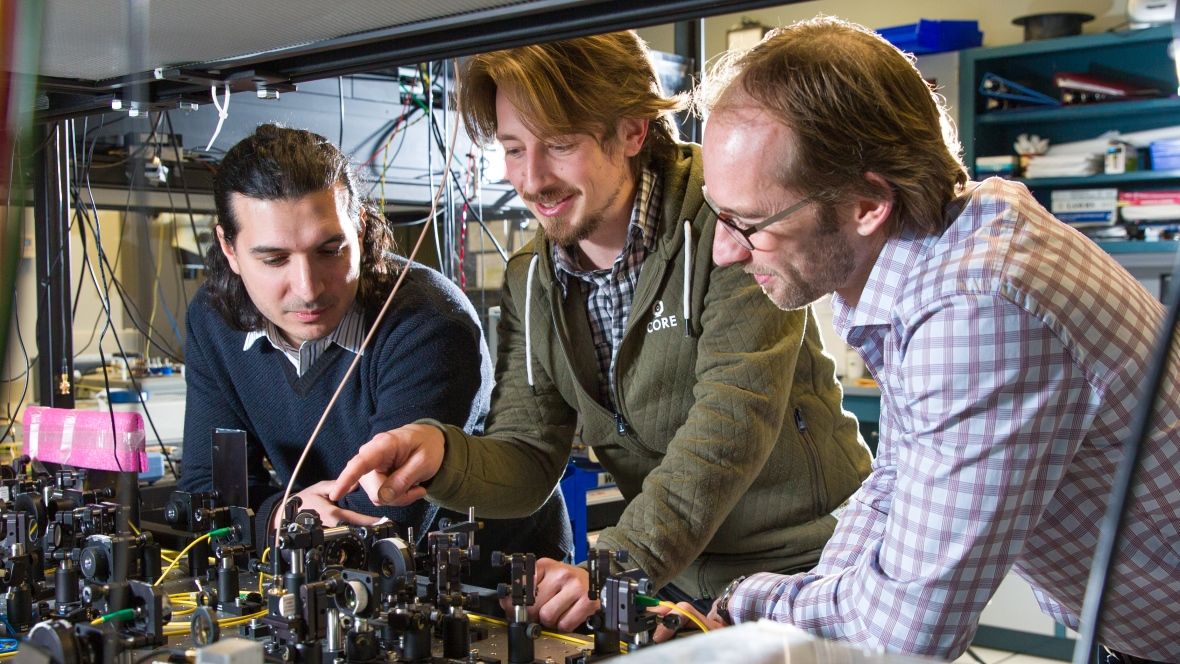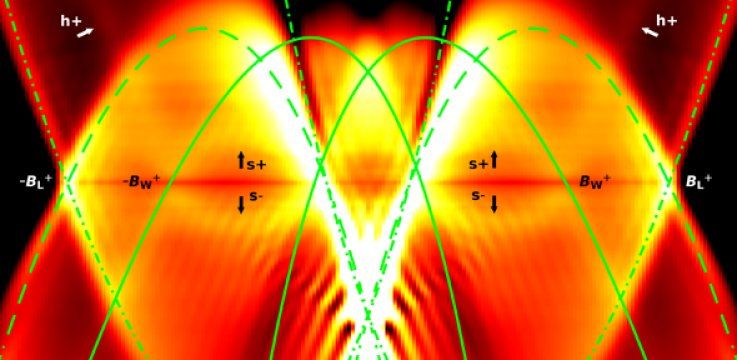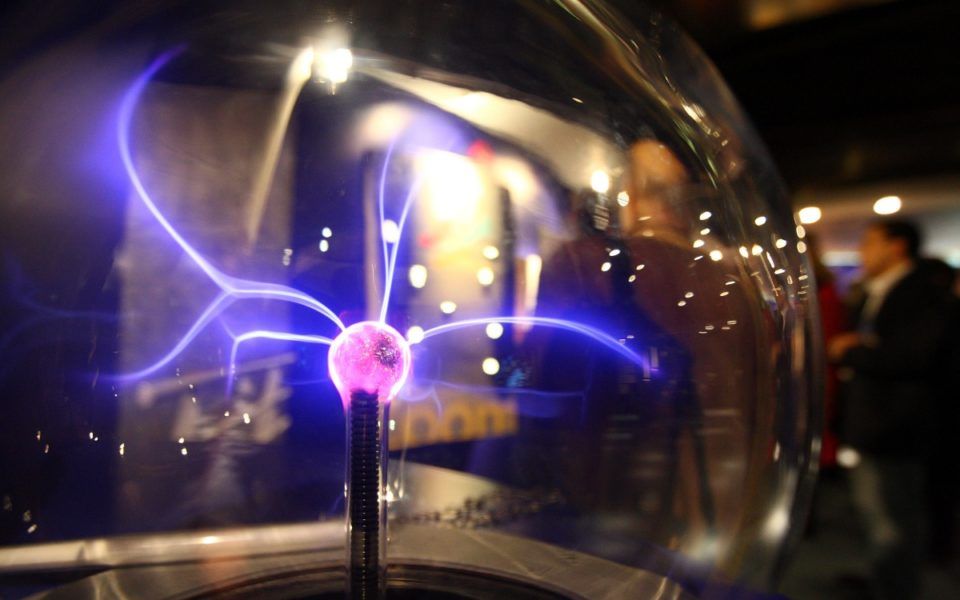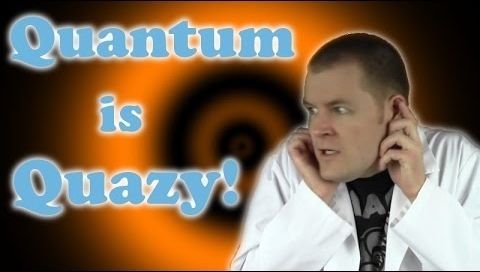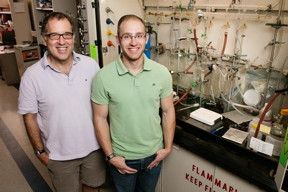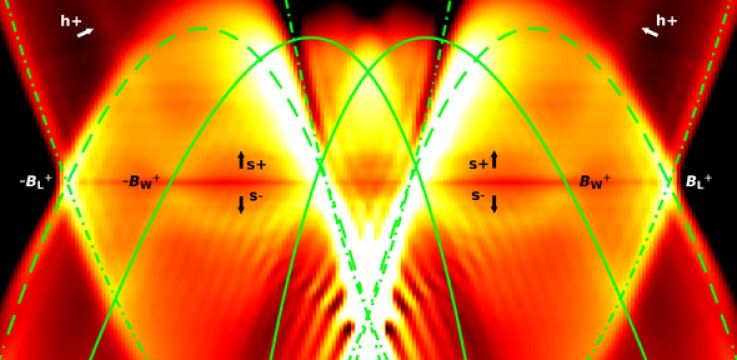Sep 20, 2016
Calgary researchers teleport light particle 6.2 kilometres, raising hopes for ‘quantum internet’
Posted by Aleksandar Vukovic in categories: internet, particle physics, quantum physics
The team’s article in Nature Photonics says the demonstration ‘constitutes a milestone towards a global quantum internet,’ as it is one of the longest distances over which quantum teleportation has been achieved using a fibre-optic network in this way.
In a “major step” toward practical quantum networking, researchers at the University of Calgary have successfully demonstrated the teleportation of a light particle’s properties between their lab and the city’s downtown area, six kilometres away.
“What is remarkable about this is that this information transfer happens in what we call a disembodied manner,” said physics professor Wolfgang Tittel, whose team’s work was published this week in the journal Nature Photonics.
